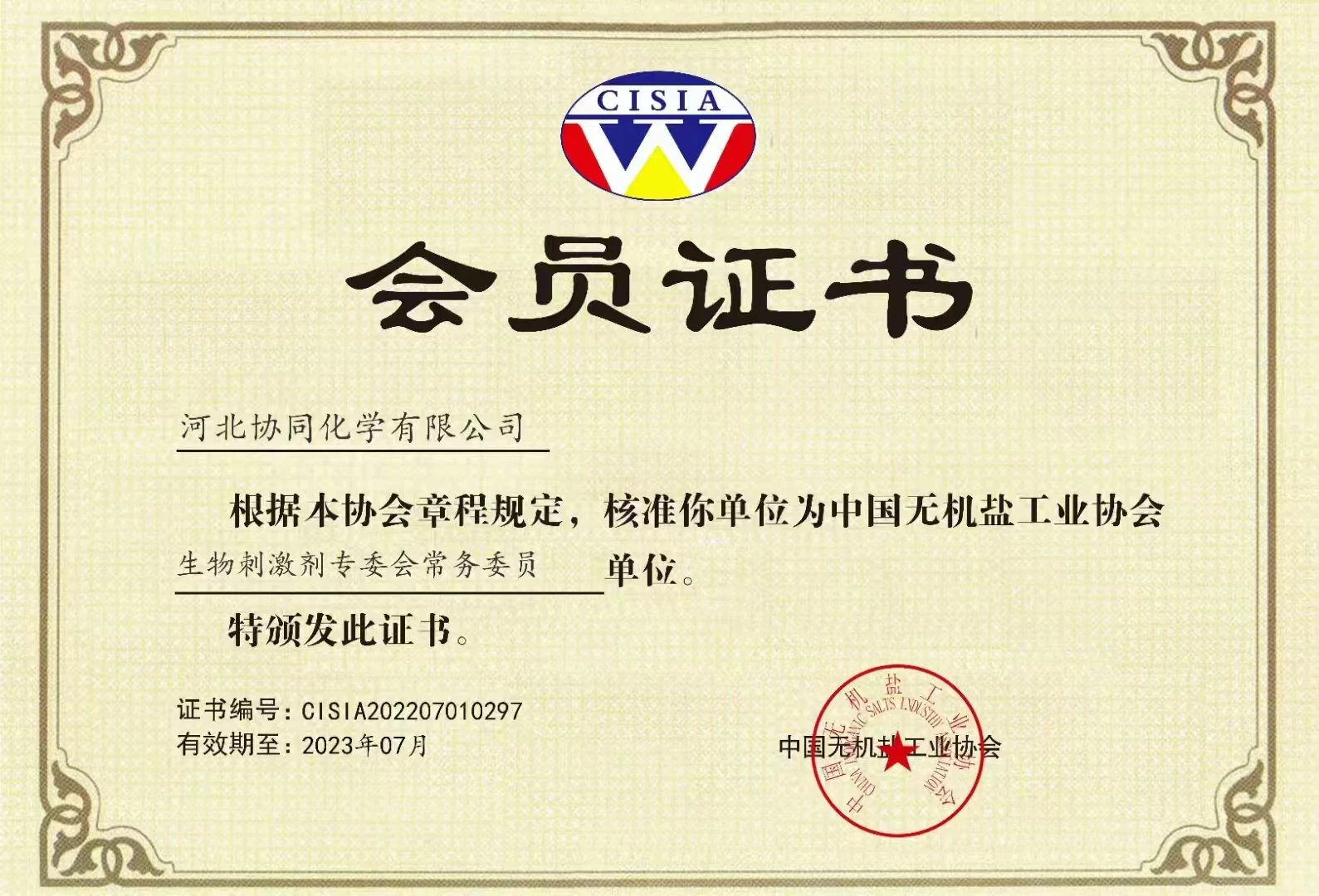
News
Окт . 16, 2024 02:33 Back to list
Exploring the Role of High-Quality Chelating Agents in Food Preservation and Safety
The Role of High-Quality Chelating Agents in the Food Industry
Chelating agents play a pivotal role in the food industry, contributing significantly to food preservation, safety, and quality. As food products become increasingly complex in composition and production processes, the demand for high-quality chelating agents has surged. This article delves into the importance of these agents, their applications, and the potential challenges and innovations associated with their use in the food industry.
Understanding Chelating Agents
Chelating agents, or chelators, are compounds that can form multiple bonds with a single metal ion, effectively 'grabbing' and isolating it. This ability to bind metal ions makes chelators invaluable in various sectors, especially in food processing. Chelators help stabilize metal ions that can catalyze undesirable reactions, leading to spoilage, discoloration, or off-flavors in food products.
Common Chelating Agents in the Food Industry
Several types of chelating agents are used in the food industry, each serving distinct purposes. Some of the most common include
1. EDTA (Ethylenediaminetetraacetic acid) A highly effective synthetic chelating agent, EDTA is widely used in food preservation to improve the shelf life of products by sequestering metal ions that could cause oxidative degradation.
2. Citric Acid This natural acid is not only used for flavoring but also acts as a chelator, binding iron and other metals. Its widespread availability and safety make it a popular choice in the food industry.
3. Lactic Acid Found in fermented foods, lactic acid also has chelating properties. It can enhance the flavor profile while controlling metal ion availability, thus improving food stability.
4. Tartaric Acid Often found in cream of tartar, tartaric acid is another natural chelator. It is frequently used in winemaking and baking, acting to stabilize proteins and improve texture.
Applications of Chelating Agents in Food Preservation
high quality chelating agent in food industry

The primary application of chelating agents in food is in preservation. They help prevent metal-catalyzed oxidation, which can lead to rancidity, color loss, and nutrient degradation. High-quality chelating agents are instrumental in
- Preventing discoloration In fruits and vegetables, exposure to oxygen can lead to brown discoloration. Chelators prevent this by binding the metal ions responsible for this reaction.
- Enhancing flavor stability Many flavor compounds are sensitive to oxidative degradation. Chelating agents help maintain the integrity of these flavors, thus preserving the sensory attributes of food products.
- Extending shelf life By stabilizing the quality of food products, high-quality chelating agents can significantly extend their shelf life, reducing food waste and improving profitability for producers.
Regulatory Considerations and Safety
The use of chelating agents in food must comply with food safety regulations to ensure consumer safety. Regulatory bodies such as the FDA and EFSA evaluate the safety and efficacy of these agents before they can be used. High-quality chelating agents should be GRAS (Generally Recognized As Safe) and not pose health risks to consumers.
Challenges and Innovations
While the benefits of chelating agents are numerous, their use is not without challenges. One concern is the potential for creating undesirable flavors or interactions with other food components. Additionally, the environmental impact of synthetic chelators such as EDTA poses a challenge for sustainable food production.
To address these challenges, the industry is exploring natural alternatives and innovations in chelating agents. Research into plant-based or biodegradable chelators is burgeoning, focusing on sustainability while maintaining effectiveness. The future may see a shift towards using naturally occurring chelators that align with consumer preferences for cleaner labels and environmentally friendly products.
Conclusion
High-quality chelating agents are essential in the food industry, offering a multitude of benefits that enhance food safety, preservation, and quality. As technology and consumer preferences evolve, the industry must adapt, seeking innovative and sustainable solutions. The role of chelating agents will remain crucial as the food industry continues to navigate challenges related to preservation and quality management, ensuring that consumers enjoy safe and high-quality food products.
-
OEM Chelating Agent Preservative Supplier & Manufacturer High-Quality Customized Solutions
NewsJul.08,2025
-
OEM Potassium Chelating Agent Manufacturer - Custom Potassium Oxalate & Citrate Solutions
NewsJul.08,2025
-
OEM Pentasodium DTPA Chelating Agent Supplier & Manufacturer High Purity & Cost-Effective Solutions
NewsJul.08,2025
-
High-Efficiency Chelated Trace Elements Fertilizer Bulk Supplier & Manufacturer Quotes
NewsJul.07,2025
-
High Quality K Formation for a Chelating Agent – Reliable Manufacturer & Supplier
NewsJul.07,2025
-
Best Chelated Iron Supplement for Plants Reliable Chelated Iron Fertilizer Supplier & Price
NewsJul.06,2025
